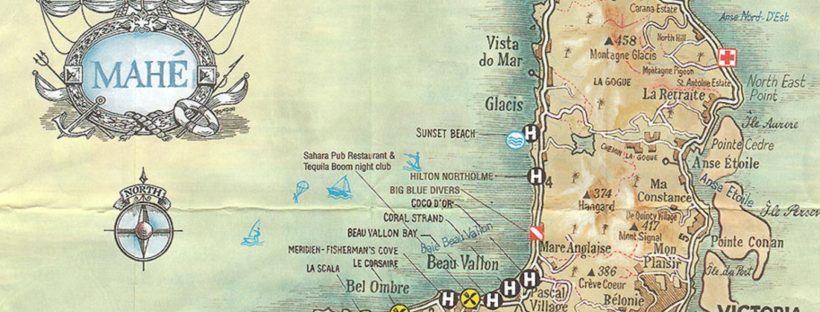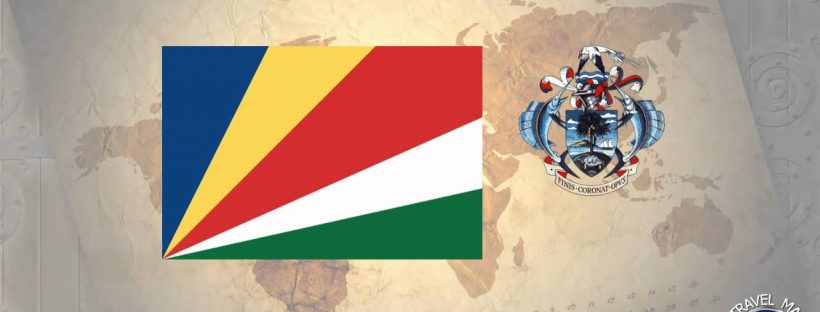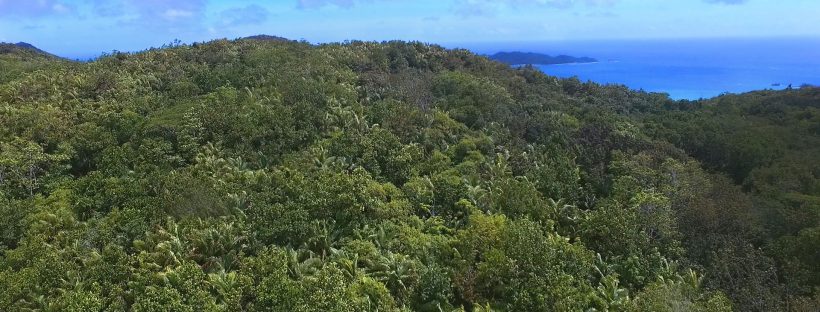According to historians, Vasco de Gama came across islands as he was traveling from India to East Africa in 1503. These islands then became known as the Amirantes. In the year of 1608, the East India Trading Company came across land that was in abundance of resources after getting caught in a storm. Despite reporting the island they inhabited for a short time, the British took no claim over the land.
The Isle de France which is now known as Mauritius had been occupied by the French since 1715 and by 1742, an administrator by the name of Bertrand-François Mahé de La Bourdonnais sent an expedition under the command of Lazare Picault to chart the islands northeast of Madagascar.
By November of the same year, the boats Elizabeth and Charles had anchored in Mahé at Anse Boileau and Ile d’Abondance was born. However, due to the fact that the mapping was so poor, Picault headed back to the island in 1744 and renamed it Mahé after La Bourdonnais. The islands ended up being forgotten two years later once La Bourdonnais was replaced.
The Seven Years War between England and France in 1754, reminded the authorities of Mauritius and its neighboring islands and thus two ships were sent to claim them once more. Under the command of Corneille Nicholas Morphey, the largest island was renamed Isle de Séchelles in honor of Viscount Jean Moreau de Séchelles. This name then became Anglicized as Seychelles and was then used as the name for the entire group of islands; Mahé becoming the largest island once more.
After the French Revolution, a Colonial Assembly was formed by the settlers on Mahé In 1790. It was decided that they would run their colony themselves, according to their own constitution.
In 1794, Jean-Baptiste Queau de Quincy took command of the colony, making Seychelles a haven for French corsairs. Despite trying to stay under the radar, in 1794, three British ships arrived under commodore Henry Newcome to Mahé. He gave Quincy an hour to surrender.
Alas, the British didn’t feel the need to claim Seychelles due to the fact that they believed it to be a waste of resources. This made the island a neutral ground to British and French folk alike, supplying newcomers.
If you fast forward to the British rule of Seychelles, around 2.400 men women and children were brought to the islands over a period of thirteen years from 1861.
The main town had been known as Victoria since 1841 and was growing exponentially. By 1879 there were a range of businesses in town; two auctioneers, five retailers, four liquor stores, an attorney and a watchmaker to name a few.
When Seychelles wanted to become a colony in its own right, the Mauritian governor of the mother colony sent a petition to London but Seychelles did not become a Crown Colony until 1903 when Sir Ernest Bickham Sweet-Escott became Governor. The French language remained dominant and the botanical gardens were created along with the clock tower residing in the heart of Victoria.
But just like the French, the British saw Seychelles as the perfect place for exiling political prisoners.
It was not until 1964 that any new political movements were created, giving birth to the Seychelles People’s United Party led by France-Albert René. The party rallied for socialism and independance from British rule. The late James Mancham’s party called the Seychelles Democratic Party, represented businessmen and planters and wanted closer integration with Britain.
When the elections began in 1966, SDP won. Further elections in November 1970 brought about a new constitution, putting Mancham as Chief Minister. With elections in 1974, both parties ended up campaigning for independence. After that election the British agreed to allow Seychelles to become independent under the Commonwealth on June 29th, 1976. Sir James Mancham became the first President and René as Prime Minister.
René, however was not satisfied and threw a coup d’état on the 5th of June. 1977, overthrowing Mancham while he was overseas. This resulted in Seychelles becoming a one party state for the next 16 years. A number of Seychellois were displaced and exiled within these times.
On December 4th, 1991, President René announced the return of the multiparty system.
This failed to remove President René and his political party from the Presidency and the now US, remained in power for the next 22 years.
By 2016, and after years of losing presidential elections, the opposing party SNP joined forces with other oppositions in the National Assembly elections. This resulted in a 15 to 10 district win for the newly formed LDS, and the first time in 38 years that there was a new party that claimed the majority of parliament. In 2020, the LDS won the presidential elections.





